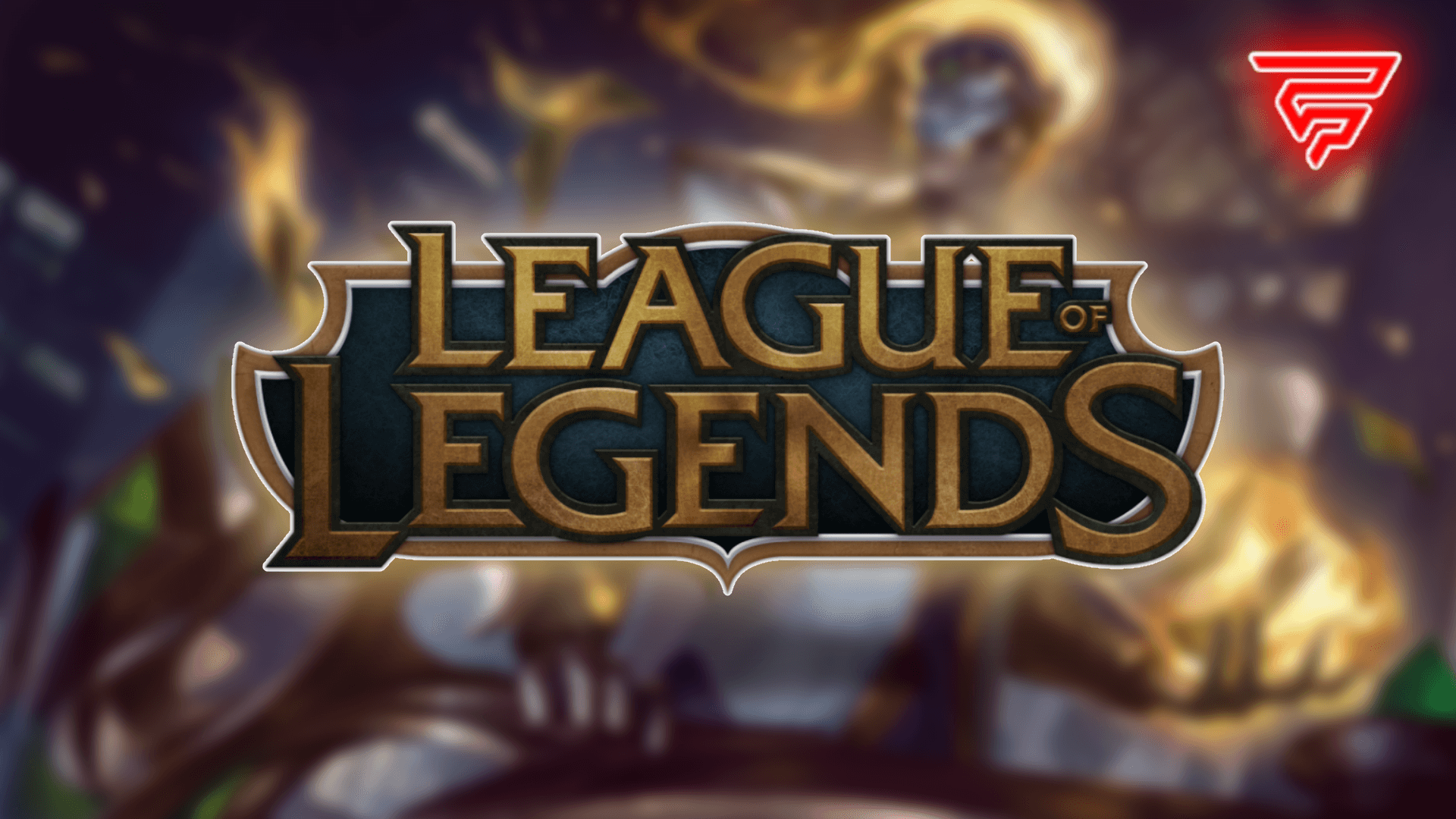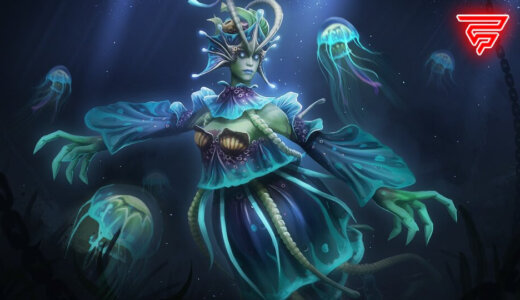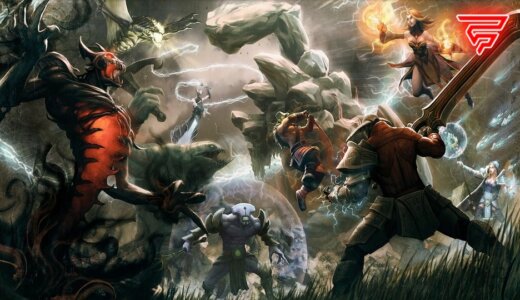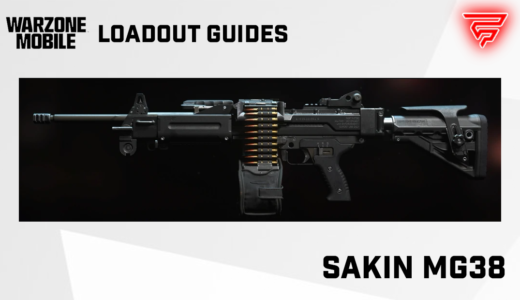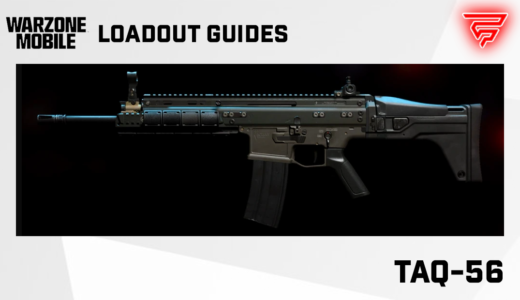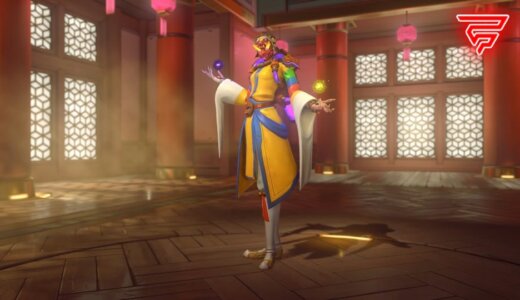League of Legends (LoL) is a popular multiplayer online battle arena (MOBA) game that has been captivating players for over a decade. The game features a variety of champions with unique abilities, and players can choose from a selection of summoner spells to aid them in battle. One such summoner spell is Backtrack, which was introduced in Patch 9.7.
Backtrack is a self-targeted summoner spell that grants a shield to the player’s champion for a few seconds and causes them to dash backwards. The spell is exclusive to the Howling Abyss map, which is also known as the Murder Bridge. The cooldown of Backtrack can be reduced by summoner spell cooldown reduction, making it a valuable tool for players looking to survive in the heat of battle.
Backtrack was introduced to the game in 2019 and quickly became a popular choice among players. Its unique combination of shielding and mobility makes it a versatile tool for both offensive and defensive playstyles. In this article, we will explore Backtrack in more detail, including its mechanics, uses, and strategies for incorporating it into your gameplay.
Understanding Backtrack in League of Legends
Backtrack is a unique summoner spell in League of Legends that was introduced in 2023. It is exclusive to the ARAM queue and provides a shield and dash to the player who uses it. The spell has quickly become popular among players due to its defensive capabilities and the new mechanic it introduces.
When a player uses Backtrack, they receive a shield that scales based on their level. The shield can save around 75 to 330 health points and lasts for 2.5 seconds. After the shield expires, the player is dashed towards their fountain, making them untargetable and invulnerable for a brief moment.
Backtrack is particularly useful for champions who lack mobility or defensive options. It can help players escape from dangerous situations or provide a crucial shield during team fights. However, it is important to note that Backtrack has a relatively long cooldown, so players must use it strategically.
One of the unique aspects of Backtrack is that it can be used to cancel certain abilities. For example, if a player uses Backtrack just as an enemy champion is about to use a targeted ability, the ability will be canceled, and the player will be dashed towards their fountain. This can be a game-changing move that can turn the tide of a team fight.
Overall, Backtrack is a powerful summoner spell that can provide players with much-needed defensive capabilities. It introduces a new mechanic to the game and has quickly become a popular choice among players.
Mechanics of Backtracking
Backtracking in League of Legends refers to the act of moving back through a previously explored area. This can happen for a variety of reasons, including to complete unfinished objectives, to collect missed items, or to retreat from a dangerous situation. Here are some mechanics of backtracking in League of Legends:
- Summoner Spell: Backtrack was a self-targeted summoner spell in League of Legends that granted a shield for a few seconds and caused the champion to dash backwards. It was exclusive to the Murder Bridge in 2019 and was available during the Butcher’s Bridge event of V9.7. The cooldown of this spell can be reduced by summoner spell cooldown reduction.
- League Mechanics: League of Legends has several mechanics that force players to backtrack. For example, players may need to return to their base to heal, buy items, or upgrade their abilities. Additionally, players may need to backtrack to complete objectives or to avoid danger.
- Non-linear Maps: Non-linear maps can make backtracking more difficult. Players may need to stay in a certain area for a certain amount of time, or they may need to navigate a maze-like environment to reach their objective. This can be frustrating for players who want to progress quickly.
- Game Design: Backtracking can be a good or bad thing depending on how it is implemented in the game. Good backtracking involves introducing new gameplay mechanics during the backtracking phase, while bad backtracking involves repeating the same mechanics over and over again. Game designers must consider the value of backtracking versus the available development resources.
Overall, backtracking is an important mechanic in League of Legends that can be used to add depth and complexity to the game. However, it must be implemented carefully to avoid frustrating players and to keep the game engaging and fun.
Impact on Gameplay
Backtrack was a self-targeted summoner spell that granted a shield for a few seconds and caused the champion to dash backward. It was exclusive to the Murder Bridge event of V9.7. The spell’s cooldown could be reduced by summoner spell cooldown reduction.
The Backtrack spell had a significant impact on the gameplay of League of Legends. It allowed players to dodge incoming attacks and escape from dangerous situations. The spell was particularly useful for champions with low mobility, making it easier for them to reposition themselves during team fights.
However, the Backtrack spell also had its drawbacks. It was only available during the Butcher’s Bridge event of V9.7, so players could not rely on it for every game. Additionally, the spell had a relatively long cooldown, so players had to use it strategically.
Overall, the Backtrack spell added an exciting new element to the gameplay of League of Legends. It provided players with a new way to outplay their opponents and made the game more dynamic. Although the spell is no longer available in the game, its impact on gameplay is still felt by many players today.
Strategic Use of Backtrack
Backtrack is a summoner spell that can be used in a variety of strategic ways in League of Legends. Here are some examples:
- Dodging enemy abilities: Backtrack can be used to dodge enemy abilities such as skill shots or ultimate abilities. For example, if the enemy team has a champion like Urgot who can use his ultimate ability to pull a champion towards him, Backtrack can be used to dash away and avoid being pulled in.
- Escaping ganks: Backtrack can be used to escape ganks from the enemy team. If a champion is being chased by multiple enemies, Backtrack can be used to shield themselves and then dash towards their own base, making it harder for the enemies to catch up.
- Initiating fights: Backtrack can also be used to initiate fights. If a champion wants to engage in a fight but is too far away from the enemy team, they can use Backtrack to dash towards the enemy team and shield themselves, allowing them to get closer and start the fight.
- Surviving team fights: Backtrack can be used to survive team fights. If a champion is low on health and is being targeted by the enemy team, they can use Backtrack to shield themselves and then dash towards their own base, giving them time to heal up and rejoin the fight.
Overall, Backtrack is a versatile summoner spell that can be used in a variety of strategic ways to gain an advantage in League of Legends.
Backtrack in Different Game Modes
Backtrack is a summoner spell available only in the ARAM game mode. This spell provides a shield that scales based on the summoner’s level and a dash that moves the summoner towards their fountain, making it a useful tool for escaping dangerous situations.
In ARAM, Backtrack can be particularly useful for champions that do not have strong escape mechanisms, as it allows them to quickly move away from danger and avoid being caught out of position. Additionally, the shield provided by Backtrack can help champions survive burst damage and outlast their opponents in extended team fights.
While Backtrack is not available in other game modes, there are other summoner spells that can provide similar benefits. For example, Flash is a popular summoner spell that allows champions to quickly move a short distance in any direction, making it a useful tool for both escaping and engaging in fights.
In addition to summoner spells, there are also items that can provide similar benefits to Backtrack. For example, the Quicksilver Sash item can be used to remove crowd control effects, allowing champions to break free from stuns, slows, and other debilitating effects that can leave them vulnerable to enemy attacks.
Overall, while Backtrack is a powerful tool in ARAM, it is important for players to consider their summoner spell and item choices carefully in other game modes to ensure they have the tools they need to succeed.
Pros and Cons of Using Backtrack
Backtrack is a unique summoner spell that provides a shield and dash. While it can be a useful tool in certain situations, it also has its drawbacks. Here are some pros and cons of using Backtrack in League of Legends.
Pros
- Escape potential: Backtrack’s dash can be used to quickly get out of sticky situations or dodge enemy abilities. This can be especially useful for champions who lack mobility or have no other escape options.
- Shield: The shield provided by Backtrack can absorb a significant amount of damage, potentially saving a champion’s life in a fight.
- Cooldown reduction: Backtrack’s cooldown can be reduced by summoner spell cooldown reduction, making it available more frequently.
Cons
- Limited use: Backtrack is only available in the ARAM queue, limiting its usefulness in other game modes.
- Predictable: Backtrack’s dash is always backwards, making it predictable for enemies to anticipate and potentially counter.
- No offensive potential: Backtrack is purely defensive and provides no offensive potential, limiting its usefulness in certain situations.
Overall, Backtrack can be a useful tool in the right situations, but its limited availability and predictable nature make it less versatile than other summoner spells. Players should weigh the pros and cons before deciding to take Backtrack in their games.
Evolution of Backtrack
Backtrack was introduced to League of Legends in patch 9.7 as a new summoner spell exclusive to the ARAM queue. It was designed to provide a shield and dash to champions who are not typically seen as strong in the game type. The spell introduced a new mechanic that allowed champions to dash backwards towards their fountain while being untargetable and invulnerable after the shield expires.
In patch 9.8, Riot Games made some changes based on feedback and data from the 9.7 ARAM mini-event. These changes were applied permanently and included adjustments to the cooldown and range of the Backtrack spell. The cooldown was reduced to 180 seconds, and the dash range was increased on melee champions.
Backtrack was only available on the Howling Abyss until the Butcher’s Bridge event of V9.7. During this event, Backtrack was exclusive to the Murder Bridge, which is a variation of the Howling Abyss map. The cooldown of the spell could be reduced by summoner spell cooldown reduction.
Backtrack was removed from League of Legends in patch 10.1, along with a few other summoner spells. Riot Games stated that they wanted to “focus on the most impactful spells” and that Backtrack “didn’t have enough impact to justify its existence.”
Comparison with Other Strategies
Backtrack is a popular strategy in League of Legends, but how does it compare to other strategies? Let’s take a look at some of the most common strategies used by players and compare them to Backtrack.
Split Pushing
Split pushing is a strategy where a player focuses on pushing a single lane while their team pushes another lane or defends their base. This can be an effective way to create pressure and force the enemy team to split up, but it also leaves the split pusher vulnerable to ganks and can leave their team at a disadvantage in team fights.
Compared to split pushing, Backtrack allows players to move quickly and safely across the map, making it easier to respond to enemy movements and join team fights. Backtrack can also be used to escape ganks and avoid getting caught out of position.
Team Fighting
Team fighting is a strategy where players focus on grouping up and fighting as a team. This can be an effective way to secure objectives and win team fights, but it also requires coordination and can be risky if the enemy team has a strong engage or disengage.
Compared to team fighting, Backtrack allows players to move quickly and avoid enemy engage, making it easier to pick off enemies and secure objectives. Backtrack can also be used to disengage from a losing team fight and regroup with the team.
Objective Control
Objective control is a strategy where players focus on securing objectives such as Dragon, Baron, and turrets. This can be an effective way to gain a gold and experience advantage, but it also requires coordination and vision control.
Compared to objective control, Backtrack allows players to move quickly and safely around the map, making it easier to secure objectives and respond to enemy movements. Backtrack can also be used to escape from a failed objective attempt and avoid getting caught out of position.
Overall, Backtrack is a versatile strategy that can be used in a variety of situations. While it may not be the best strategy in every situation, it can be a powerful tool for players who want to move quickly and safely around the map.
Conclusion
Backtrack is a self-targeted summoner spell exclusive to the ARAM queue of League of Legends. It grants a shield for a few seconds and causes the champion to dash backward. The cooldown of this spell can be reduced by summoner spell cooldown reduction.
Backtrack was added to the game with League of Legends Patch 9.7. It introduces a new mechanic that can help many champions who are not typically seen as strong in the game type. However, it is important to note that Backtrack may not be suitable for all champions and situations.
Overall, Backtrack is a useful addition to the game and can provide players with an extra layer of defense and mobility. Its unique mechanic can also add an element of surprise to gameplay, making it an exciting addition to the game.
Frequently Asked Questions
What are the most important summoner spells in League of Legends?
The most important summoner spells in League of Legends vary depending on the player’s role and playstyle. However, some of the commonly used summoner spells are Flash, Teleport, Ignite, and Exhaust. Flash is considered to be the most important summoner spell as it allows players to quickly reposition themselves during fights or escape from danger.
How do I effectively use Ignite in League of Legends?
Ignite is a powerful summoner spell that deals damage over time to the target and reduces their healing and regeneration effects. It is commonly used by aggressive players to secure kills and prevent enemies from healing. To use Ignite effectively, players should wait until the enemy is low on health before using it. They should also try to use it when the enemy is unable to escape or heal themselves.
What are some tips for playing in Season 9 of League of Legends?
Season 9 of League of Legends introduced many changes to the game, including new champions, items, and gameplay mechanics. To succeed in this season, players should focus on improving their mechanics, communication, and decision-making skills. They should also keep up with the latest patches and meta changes and adapt their playstyle accordingly.
How can I improve my observation skills in League of Legends?
Observation skills are crucial in League of Legends as they allow players to anticipate enemy movements and make better decisions. To improve their observation skills, players should focus on the minimap and try to predict the enemy’s movements based on their position and objectives. They should also pay attention to the enemy’s summoner spells and ultimate abilities and adjust their playstyle accordingly.
What is the best way to promote League of Legends?
The best way to promote League of Legends is through word of mouth and social media. Players can share their experiences and gameplay highlights with their friends and followers and encourage them to try the game. They can also participate in community events and tournaments and showcase their skills and knowledge of the game.
How does the Resurrection spell work in League of Legends?
The Resurrection spell, also known as Guardian Angel, is a powerful item that allows players to revive themselves after dying in battle. When activated, the player’s champion will be revived with a percentage of their health and mana. However, the item has a long cooldown and can only be used once per battle. To use the Resurrection spell effectively, players should wait until they are in a safe position before activating it.
